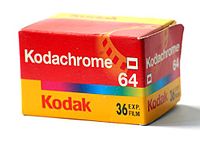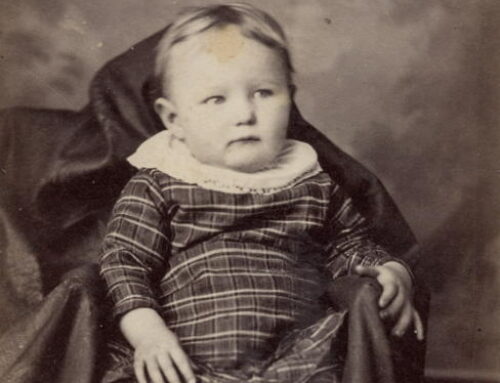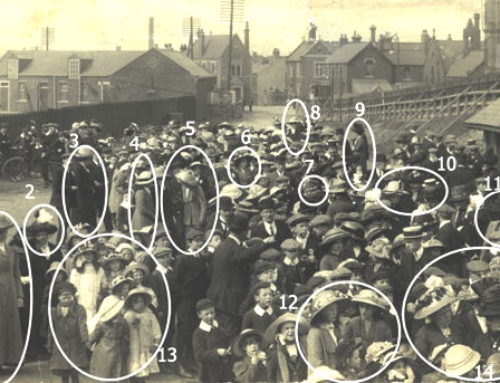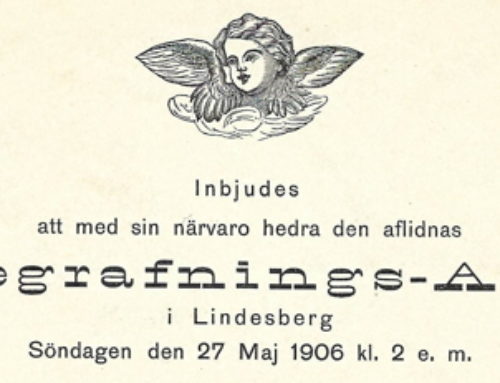
So let’s talk about your Kodachrome slides for Treasure Chest Thursday.
A lab in Parsons, Kansas, processed the last roll of Kodachrome film on 30 Dec 2010. Kodak stopped producing the chemicals and the film itself on 22 June 2009. The Kansas lab – the last one in the world still developing the film – worked around the clock to process the last rolls before selling the developing machine for scrap.
Read the excellent article in the New York Times about this milestone. “It’s more than a film, it’s a pop culture icon,” said Todd Gustavson, a curator from the George Eastman House, the photography museum in Rochester in the former residence of the Kodak founder. “If you were in the postwar baby boom, it was the color film, no doubt about it.”
Professional photographers favored Kodachrome because of its brilliant color accuracy. Professional archivists valued its stability, particularly as compared to other color film. In January 2017, Eastman Kodak CMO Steven Overman told The Kodakery podcast that the company was “investigating the feasibility of reintroducing Kodachrome to complement its upcoming reintroduction of Ektachrome film. They said that although there was a potential market for it, the question remained whether to reformulate the film and chemistry to allay the environmental concerns that plagued the original, or to release the film and chemistry as they previously were.”
Caring for Your Kodachrome Slides
To care for your Kodachrome, store it in complete darkness and in a cool, dry environment. Avoid temperature extremes found in attics, basements, and garages.
Digitizing Kodachrome slides is a good idea because the mounts – usually cardboard – can cause deterioration of the image. But scanning Kodachrome slides can be tricky. Uncorrected scans usually have an off-putting bluish cast. Some scanning applications have presets to help adjust, but additional care must be taken because scratches, dust and defects will also be digitized.
Libraries and archives usually find it more cost-effective to out-source the scanning of slides. Look for a local firm and ask them where and how the scanning is done before handing over any unique family images with sentimental value.





Leave a Reply